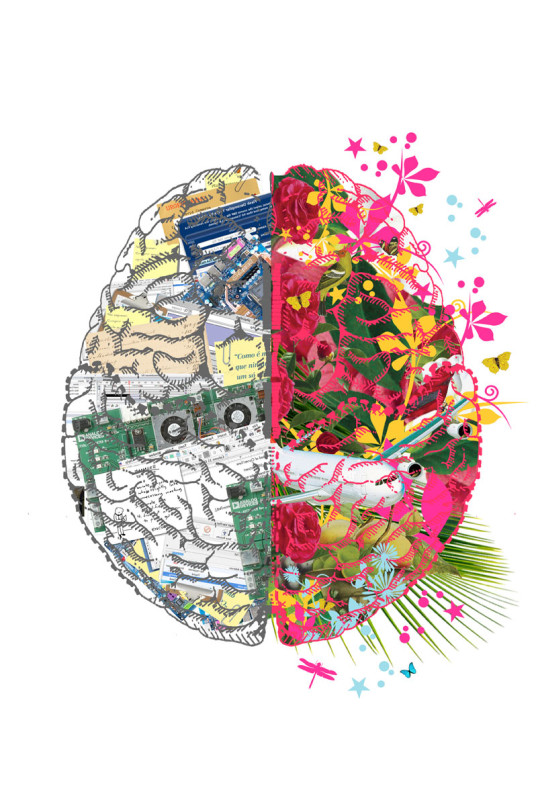 In your yoga practice, are you “paying attention, on purpose, in the present moment, non-judgmentally, to the unfolding of experience moment by moment”? Are you at least striving to do that? If so, you are practicing a form of mindfulness as defined by Jon Kabat-Zinn. I call it mindful meditation.
In your yoga practice, are you “paying attention, on purpose, in the present moment, non-judgmentally, to the unfolding of experience moment by moment”? Are you at least striving to do that? If so, you are practicing a form of mindfulness as defined by Jon Kabat-Zinn. I call it mindful meditation.
There is a growing body of research that demonstrates that yoga as a mindful meditation can actually alter certain structures in your brain, including structures responsible for feelings of love, peace and well-being.
Let’s use peace as an example, which I define as the absence of stress. The stress response is a complicated trigger system governed by the amygdala, the small but vital portion of your brain responsible for memory, decision-making and emotions. When presented with a stressful stimulus (in modern life anything and everything can be a stressful stimulus) there is often an immediate reaction. We know this as the flight, fight or freeze response. It is automatic and often without conscious attention. When we put our hand on a hot stove, we do not have time to think about what to do – we remove our hand instantly! In this instance, there is no need for our danger sensing part of the brain to connect to our thinking part of the brain. There is instant action, which is a very good thing for our poor fingers!
When stress is continuous, the amygdala is working overtime and we are reacting without pausing to evaluate whether there is an actual threat or what the level of danger might be. We are on automatic pilot and act without thinking. The connections, or neural pathways, responsible for relaying information from our emotion centres to our thought centres become weaker, as evidenced by a decrease in cell mass.
Mindful meditation slows your body down, it provides space and time to process stimuli. The area responsible for emotion has time to link with the regions responsible for reason. Connections are established. We are able to respond rather than react. The more we practice mindful meditation the stronger the connections become, and thus the structure of the brain changes. There are more cells built up in the pathways that connect the two parts of the brain so connections are restored and strengthened.
When you focus in mindful mediation you disrupt automatic thoughts and behaviour. This gives time for your emotional centre to communicate with the thinking areas of your brain. By building in time to think and evaluate stimuli, you have more control over what you perceive as a significant stressor. Fewer stressors reduce activity in your limbic system and your emotional reactivity, which diminishes your stress response. Less stress equals more peace!
There are many more examples that demonstrate yoga can change your brain. Change your brain, change your life.
_____
Dr. Eileen Harris is offering a workshop on Your Brain on Yoga to delve into this topic further! Join her at PranaShanti Yoga Centre on March 15th, 2015 from 2:00 – 5:00 pm. Details and registration.
